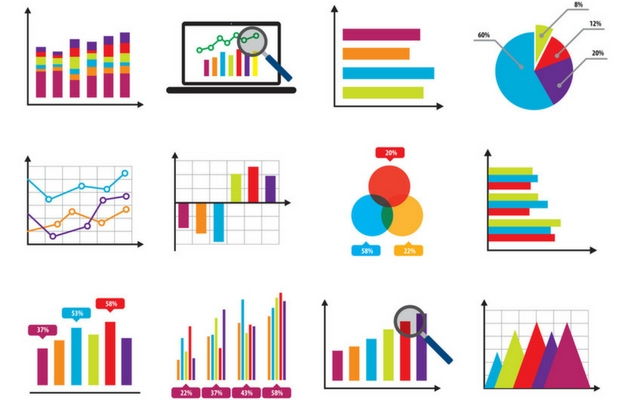
What is the difference between a histogram and a bar chart? Does a line of best-fit have to be straight or can it be curved? Do all axes have to start at zero? Is it OK to concertina axes on a graph? Is it ever OK to use a ‘calculation triangle’?
Ask these questions to a teacher of mathematics and to a teacher of science and you are unlikely to get the same replies. Instead of causing arguments, these differences in perspective can be mutually beneficial.
The new science specifications have a greater emphasis on the use of mathematical skills in science than ever before. There is significant overlap between the science and mathematics curricula, but students don’t always receive the same mathematical message when a topic is met in science as well as in mathematics. Do teachers of mathematics know the scientific contexts in which students will be expected to use their mathematical skills? Do teachers of science know how basic mathematical concepts are approached in mathematics lessons?
There is now an opportunity for teachers of science and mathematics to work together. My experiences show that mathematics teaching can be enriched by setting the mathematics in the realistic contexts found in science, instead of just a one-way street of mathematics departments showing the scientists how the mathematics should be done.
Our website contains a number of STEM case studies, that demonstrate how science and mathematics departments can work together, including:
Mathematics and science departments working collaboratively
This case study explains how mathematics and science departments worked collaboratively to jointly prepare and deliver a rockets project during a school cross-curricular day, and followed up in subsequent mathematics lessons to provide a high quality and enjoyable learning experience for staff and students alike.
Promoting the active and effective use of statistical techniques within the sciences
How have a range of materials been developed to further the active use of statistics within the sciences?
Success in science: does it add up?
In science lessons, students frequently rely on a broad range of mathematical skills but when used out of the mathematics classroom and in a different context, they find difficulty in demonstrating them suitably. In this case study, science staff place a greater emphasis on key mathematical operations whilst the mathematics staff are more interested in gaining a context for the mathematical concepts thereby making some activities more relevant to students by working with real data.
There has never been a better time for science and mathematics departments to collaborate and enrich the learning experiences students have across their science and mathematics lessons.
Further support can be found on our CPD “Science in maths or maths in science? Establishing shared understandings and teaching approaches” in which participants explore the requirements of the mathematics and science specifications, discuss what makes good teaching, consider practical models for departments working together and investigate the use of common resources.
- Science in maths or maths in science? Establishing shared understandings and teaching approaches
- Want to know more about the maths required to teach A level physics?
- Want to know more about the maths required to teach A level biology?
- Want to know more about the maths required to teach A level chemistry?
